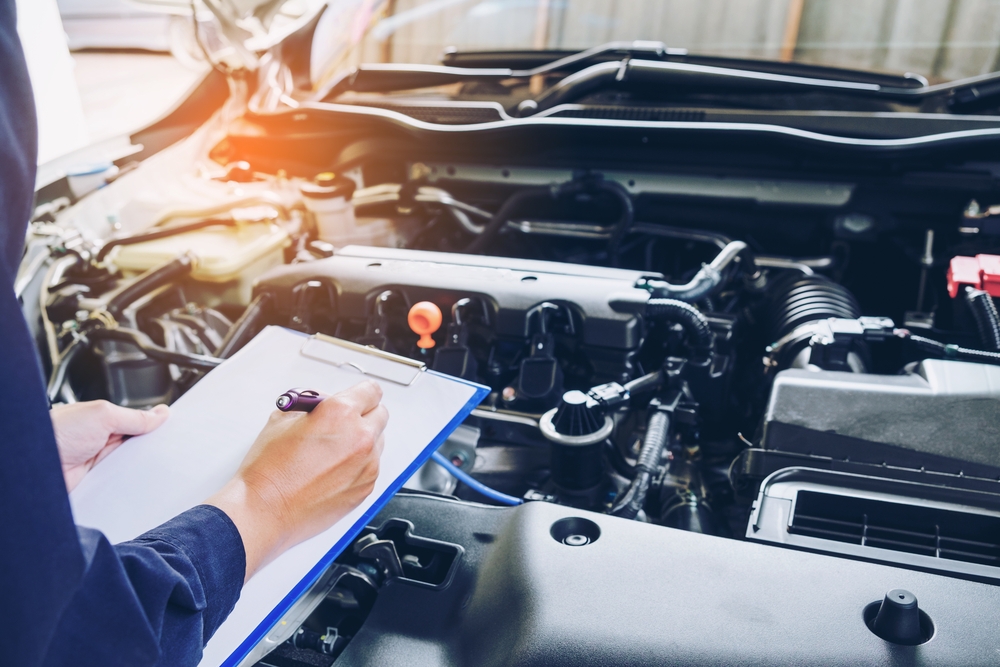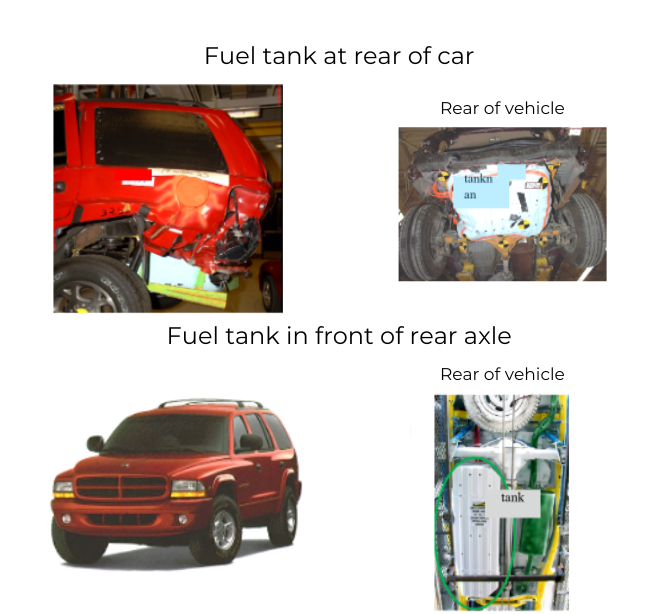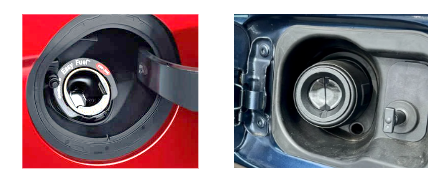
{Preface: Coben has a long history of winning crashworthiness cases against vehicle manufacturers. In 2024, he and Anapol Weiss shareholder Kila Baldwin won a $20.7 million verdict against Honda Motor Company for a faulty motorcycle gas cap design.}
Cars, pick-up trucks, SUVs, vans, motorcycles and over-the-road trucks must all be built to be crashworthy. That means that they must be designed to minimize the risk of serious and catastrophic injury in crashes. The scope of this duty extends to safety features that can reduce or prevent serious injury in virtually every type of crash including frontal, rear-end, side and rollover collisions. The expected levels of protection relate to the following:
- Protection when the occupant is or is not using the available seatbelts.
- Protection at various impact speeds.
- Protection against the disruption or damage to the fuel tank/fuel system.
- Protection against specific types of injury: e.g., head/brain, neck, spine, chest, legs, internal organs and burns.
In many instances, catastrophic injuries or fatal injuries in a crash are caused by inadequately designed crashworthy features. How can my lawyer or I determine if the injury happened because my vehicle was not crashworthy? While the answer is not simple, with the application of scientific analysis it’s answerable.
This blog is dedicated to explaining the principles of crashworthiness and how vehicles can and should be designed to minimize the risk of serious injury in crashes. While some crashes are so severe that serious injuries are unavoidable, others are avoidable by the use of state-of-the-art safety design. If consumers are well informed about vehicle design, they can make smart decisions when they buy a vehicle and rest assured that they and their families are well protected.
We begin with an analysis of the art of crash safety related to avoiding “harm” or damage to critical vehicle components that in themselves can cause catastrophic burn injuries. The design of a vehicle’s fuel system.
Most cars, trucks and motorcycles run on gasoline. Gasoline is stored in a fuel tank and connected to the engine. Typically, the fuel tank is located away from the engine and connected to it by fuel lines. Over the years, as the result of sad experiences with crashes resulting in fuel-fed fires, the packaging of vehicles has increasingly changed to minimize the risk of impact damage to the fuel tank, the fuel filler system and fuel lines. Thus, when a crash results in a major fire with horrible burn injuries to the occupants, the crashworthiness of the fuel system comes into question. Fuel fed fires happen when the fuel tank is compromised by deformation causing tears or punctures or the separation of the fuel filler tubes/pipes, leading to the escape of fuel vapors which ignite by interaction with an ignition source such as scraping metal parts or an electrical source. Let’s look at two examples of inadequate crashworthiness of a vehicle’s fuel system.
Vehicle Fuel Tank Location and Tank Construction
Over the past 40 years, vehicle design has gone from only using metal fuel tanks located near the rear of the vehicle to the use of metal or composite (polycarbonate, etc.) materials to mold the tank and place the tank forward of the rear axle and inside the metal side rails.

Other important design features include the use of filler pipes/tubes that are designed to flex, bend and/or break away at the filler opening, but stay sealed on impact and prevent openings in the pipe during the crash.

While crashes resulting in fuel-fed fires due to the compromise of the fuel tank or fuel filler cause rapid conflagration, accident statistics show that most crashes resulting in fires are the result of frontal collisions and flammable liquids leaking from the engine compartment, causing a slower spread of fire to the occupant compartment. In those cases, typically what happens is that the occupants struggle to escape and get trapped and burned up. This scenario brings to question the design of the vehicle’s “escape-ability”. Often, in frontal collisions, the crash causes the doors to jam, making it difficult to escape. This risk can be minimized by smart structural design allowing for less damage to the doors.
Thermal burns happening in a vehicle collision are some of the most horrendous injuries a person can suffer. Vehicle manufacturers must design their products to reduce the risk of damage and disruption of the vehicle’s fuel system and provide significant structural strength to allow occupants to escape if a fire occurs. Failing to do so equals the sale of a non-crashworthy vehicle.
++++++++++++++++++
Contact Larry Coben to learn more and determine whether injuries sustained in an accident that you or a loved one might have been in could have been exacerbated by the manufacturer’s failure to make the vehicle crashworthy.

